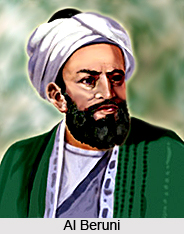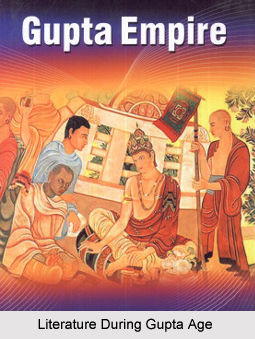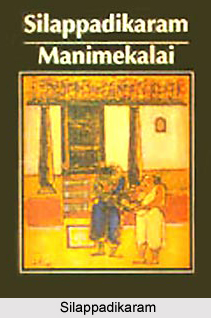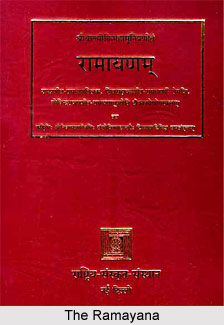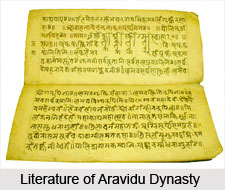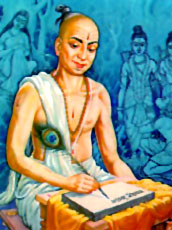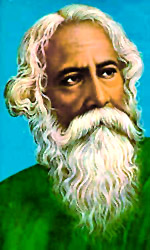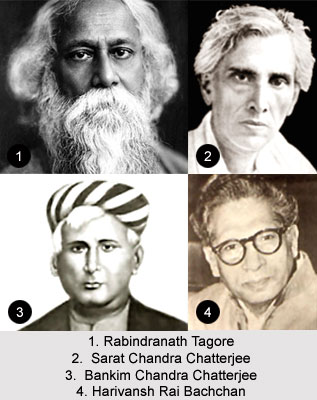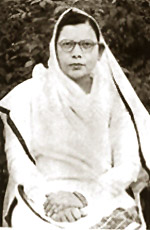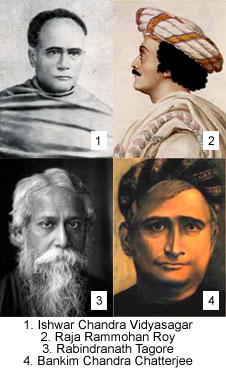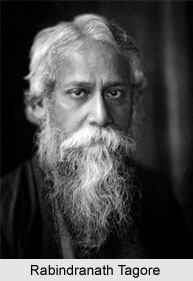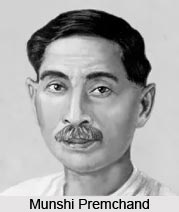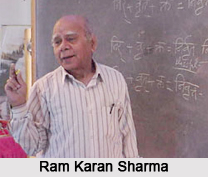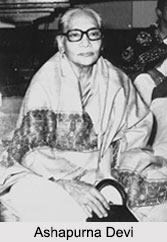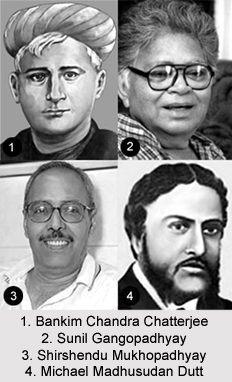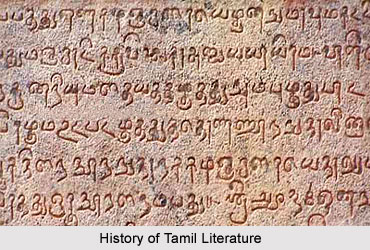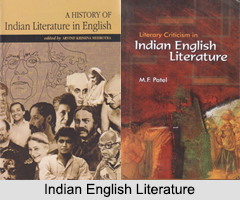Biographical Writings in Assamese Literature have evolved in to a comprehensive outlook. Except Swararekhat Bargita (1959), a notable research work and Bargeeta-swaralipi (1944) by G. C. Khaund, no work as such in the fine arts has been made so far. Suresh Goswami`s Bharatiya nritya Kala is compiled in a smooth expressive style, an illuminating work on the Indian dances that also includes the Kamarupi type. Dr. Hazarika also writes on similar subjects those are simple and rhythmic.
Modern biographical literature is a significant departure from the Charita puthi style. Some notable biographies are Dr. S. K. Bhuyan`s Gopalkrishna Gokhale (1916) and Anandaram Barua (1920), P. N. Gohain-Barua`s Jivani samgraha (1915), Mahadev Sarma`s Buddhadev (1914) and Mohammad charit (1928), S. Sarma Kataki`s Saiyanath Borar jivan charili (1917), Haren Sarma`s Joan d`Arc (1918) and Kamal Pasha (1931), AtuI Barua`s Saratchandra Goswamir chamujivani (1929), K. Chaliha`s Vishwarashik Bezbaroa (1939), G. N. Bardoloi`s Tarunram Phukan (1940), Nalini Devi`s Smriti tiriha (1948) and Vishwadipa (1961), Benu Sarma`s Gangagovinda Phukan (1950), Dr. P. D. Goswami`s Europar manisi pachgaraki and Biren Barkataki`s Khojate milau khoj (1956).
Dr. M. Neog`s Sri Sri Sankardeva (1948) is a simplistic scholarly study of Sankardeva and his ethic literary thoughts. There are some interesting autobiographies written by authors like L. N. Bezbaroa, P .N. Gohain-Barua, Benudhar Rajkhowa, J. Barooah, Nalini Devi and Padma Chaliha. Maulana Tayebulla`s Karagarar chithi (1962) portrays political life as well as gives the image of the man behind the scenes. Critical appraisal of different phases of civilisation is being carried on presently. B. N. Sastri`s Bharatiya sahitya aru samskriti portrays a wide cultural range which is a milestone in this field. Dr. M. Neog`s Purani Asomiya samaj aru samskriti (1957) is a significant work on cultural history of Assam. Dr. B. Kakati`s Kalitajatir itibritta (1943) is a scholarly sociological study of Kalitas. P. K. Barua`s Buddha Goya kiman durat (1961) focuses on the problem of world peace in an exciting context. The style used is convincing and informative. Bijoy Bhagavati`s Gandhivad (1948) discusses Gandhiji`s philosophy in a broad way. His Samikha (1961) is a book that emphasizes on an international subject-matter. Bhagavati`s prose is polite. Dr. Bhuban Das`s Manavar adhikatha and Vivartanar pathat manav (1960) are studies on primitive stages of civilisation. Nakul Bhuyan`s Chah bagichar banuwa (1960) is an intimate study of tea-garden life. Lila Gogoi`s Simantar mati aru manuh (1963) is a study on tribal people of north-eastern mountains. Raghu Chaudhury`s Navamallika (1958) is a collection of personal essays which displays the ranging mind of a solitary poet. H. R. Deka`s Alakalai chithi (1950) is also a similar book. Dr. Lalit Barua`s Ela bhanitilai mukali chithi (1955) is a book on sexology.
Travel memoirs tinged with literary flavour and expressiveness. Most noteworthy travel memoirs are J. Barooah`s Bilatar chithi (1948), Dr. B. K. Barua`s Switzerland bhraman (1948), Dr. A. Guha`s Sovietdeshat abhumuki (1958), Dr. P. D. Goswami`s Vilatat satmah (1958), Badjan`s Dui September (1958), Abdus Sattar`s Bideshat dudinman (1958), Dr. Lalit Barua`s Europar batat (1957), Dr. P.C. Goswami`s Baideshika, Kanak Mahanta`s Bagatara ranga akash (1962), Mrs. J. B. Barua`s Akashpathedi bideskaloi, H. N. Dutta-Barooa`s Bharat bhraman (1945) and Hemanta Sarma`s Kavarir pare pare (1963). These writers have shown the capacity to liven up the pleasant picturesqueness of unfamiliar lands and people with ease.
Belles` letters are those writings which are based on aesthetic content. These are conversational in tone with concepts like after-dinner dialogues that stretch beyond midnight. Some of the noteworthy belles letters are Kumar Madhusudan`s Kimacharjyam (1950), Tilak Hazarika`s Adda (1958) and Kata Katha (1960), Bhadra Bora`s Ardhang tyajati (1957) and Madhurena (1961), Hem Sarma`s Batar dubariban (1957) and Swagata (1963), Premnarayan`s Rasamadhuri (1959) and Dr. Hem Barua`s (1890-1958) Chapania and Morgharkhan. In belles letters the verbal skill and personal touch is important in order to make the reading interesting, a flexible medium which is noted for its idiosyncratic style and by nature is self-revealing.

